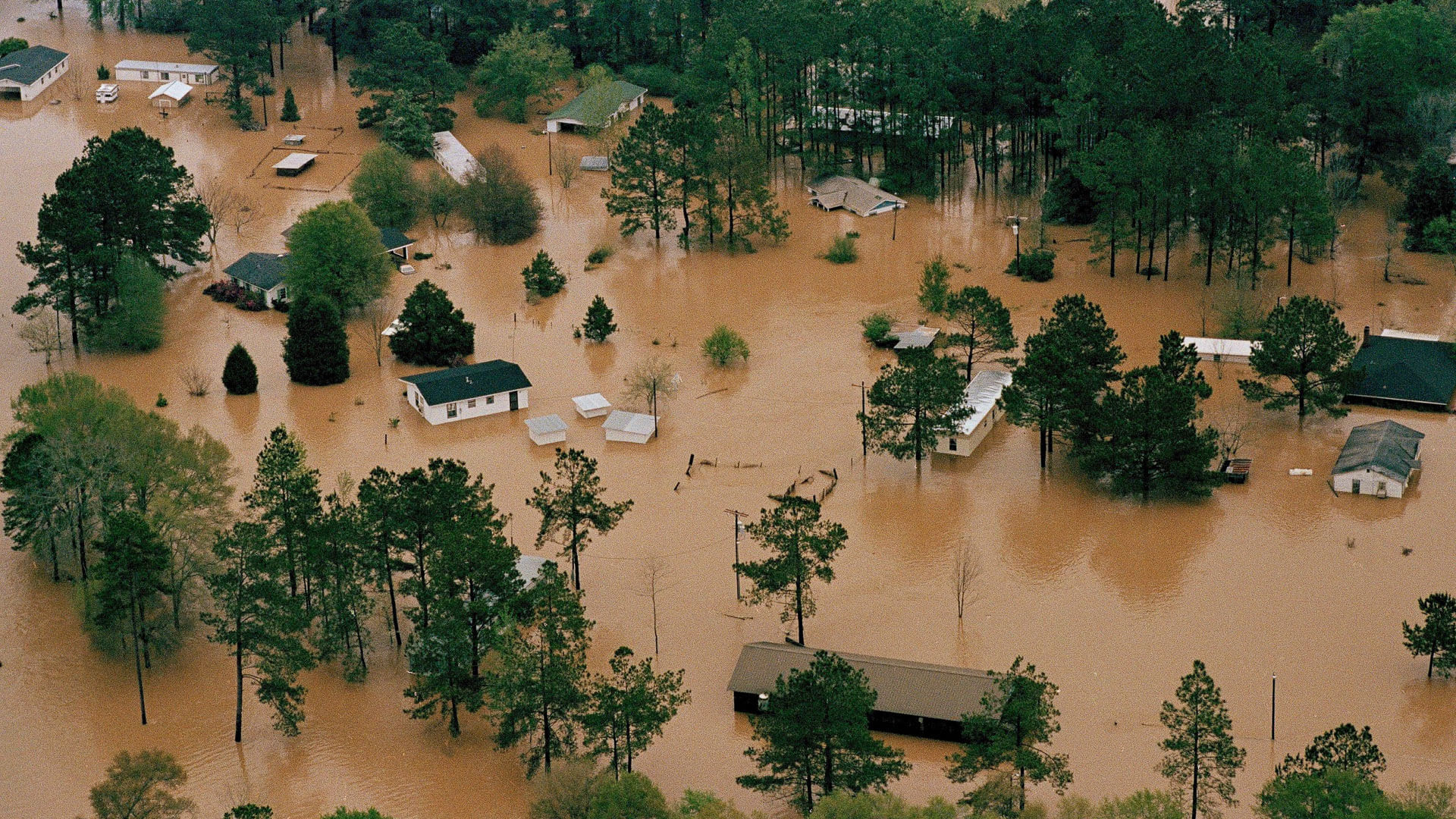Understanding the Impact of Climate Change on Retirement Destinations
When considering a place to retire in the United States, many people focus on factors like climate, beauty, and relaxation. However, with the increasing effects of climate change, it’s crucial to reevaluate these choices. Extreme weather events are becoming more frequent, and they can significantly impact the safety and stability of your retirement years.
AARP recently highlighted 11 U.S. cities where the effects of climate change pose growing threats. These cities were evaluated based on extreme heat thresholds, the number of extreme heat days per year, average annual flood losses, and projected increases in flood damage by 2050. Here are some of the cities that retirees should reconsider for their future homes.
Cities to Avoid: A Closer Look
10. Provo, Utah
- Extreme Heat Threshold: 93°
- Extreme Heat Days Compared to 1970 (13 Days or More): 15 More
- Average Annual Flood Loss: $7.4 Million
- Projected Increase in Flood Loss (2050): 3.8%
10. Dallas-Fort Worth (Tied With Provo)
- Extreme Heat Threshold: 99°
- Extreme Heat Days Compared to 1970 (13 Days or More): 14 More
- Average Annual Flood Loss: $78.4 Million
- Projected Increase in Flood Loss (2050): 5.5%
9. Durham, North Carolina
- Extreme Heat Threshold: 91°
- Extreme Heat Days Compared to 1970 (13 Days or More): 34 More
- Average Annual Flood Loss: $5.4 Million
- Projected Increase in Flood Loss (2050): 13.3%
8. Houston
- Extreme Heat Threshold: 97°
- Extreme Heat Days Compared to 1970 (13 Days or More): 33 More
- Average Annual Flood Loss: $145.8 Million
- Projected Increase in Flood Loss (2050): 52.0%
7. Charleston, South Carolina
- Extreme Heat Threshold: 92°
- Extreme Heat Days Compared to 1970 (13 Days or More): 14 More
- Average Annual Flood Loss: $156.2 Million
- Projected Increase in Flood Loss (2050): 100.4%
6. Boise, Idaho
- Extreme Heat Threshold: 92°
- Extreme Heat Days Compared to 1970 (13 Days or More): 23 More
- Average Annual Flood Loss: $22.9 Million
- Projected Increase in Flood Loss (2050): 24.7%
5. Austin, Texas
- Extreme Heat Threshold: 101°
- Extreme Heat Days Compared to 1970 (13 Days or More): 28 More
- Average Annual Flood Loss: $36.6 Million
- Projected Increase in Flood Loss (2050): 8.4%
4. College Station, Texas
- Extreme Heat Threshold: 99°
- Extreme Heat Days Compared to 1970 (13 Days or More): 24 More
- Average Annual Flood Loss: $4.3 Million
- Projected Increase in Flood Loss (2050): 5.8%
3. Raleigh, North Carolina
- Extreme Heat Threshold: 91°
- Extreme Heat Days Compared to 1970 (13 Days or More): 34 More
- Average Annual Flood Loss: $5.4 Million
- Projected Increase in Flood Loss (2050): 13.3%
2. Wilmington, North Carolina
- Extreme Heat Threshold: 90°
- Extreme Heat Days Compared to 1970 (13 Days or More): 5 More
- Average Annual Flood Loss: $21.7 Million
- Projected Increase in Flood Loss (2050): 68.5%
1. Myrtle Beach, South Carolina
- Extreme Heat Threshold: 91°
- Extreme Heat Days Compared to 1970 (13 Days or More): 18 Less
- Average Annual Flood Loss: $39.9 Million
- Projected Increase in Flood Loss (2050): 58.8%
Planning for the Future
As climate change continues to affect communities across the U.S., it’s essential to consider the long-term implications of choosing a retirement location. While some cities may offer pleasant weather, the risks associated with extreme weather events could outweigh the benefits. Retirees should look for places that not only provide a comfortable climate but also offer resilience against the impacts of a changing environment.







